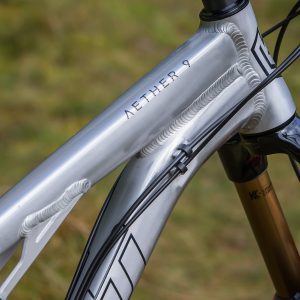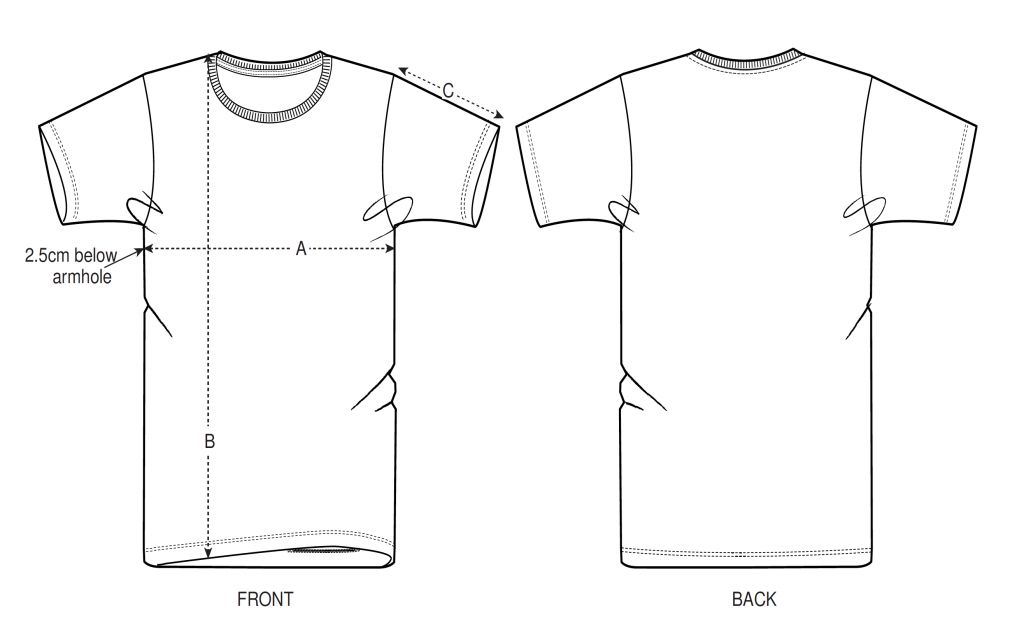It seems we can’t find what you’re looking for. Perhaps searching can help.

Aether 9 Information
link
link

Aether 9 Information
link
link

Aether 9 Information
link
link

Aether 9 Information
link
link

Aether 9 Information
link
link

Aether 9 Information
link
link

Aether 9 Information
link
link

Aether 9 Information
link
link

Aether 9 Information
link
link

Aether 9 Information
link
link

Aether 9 Information
link
link

Aether 9 Information
link
link

Aether 9 Information
link
link

Aether 9 Information
link
link

Aether 9 Information
link
link

Aether 9 Information
link
link

Aether 9 Information
link
link

Aether 9 Information
link
link

Aether 9 Information
link
link

Aether 9 Information
link
link

